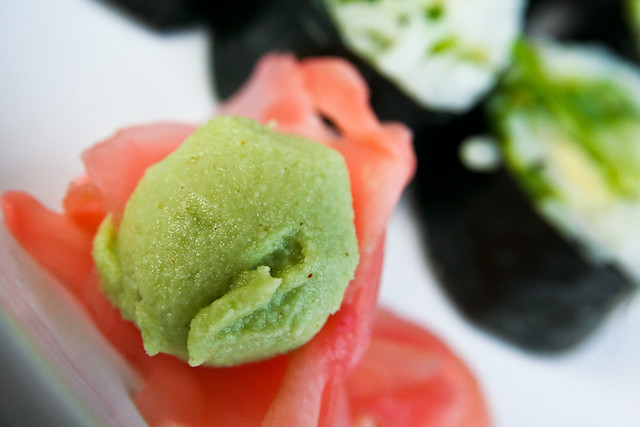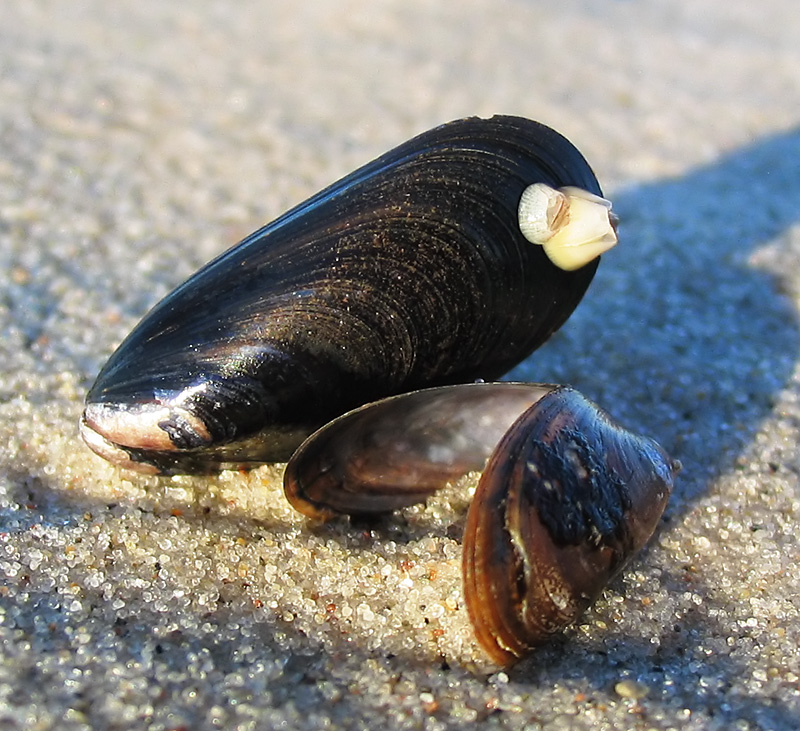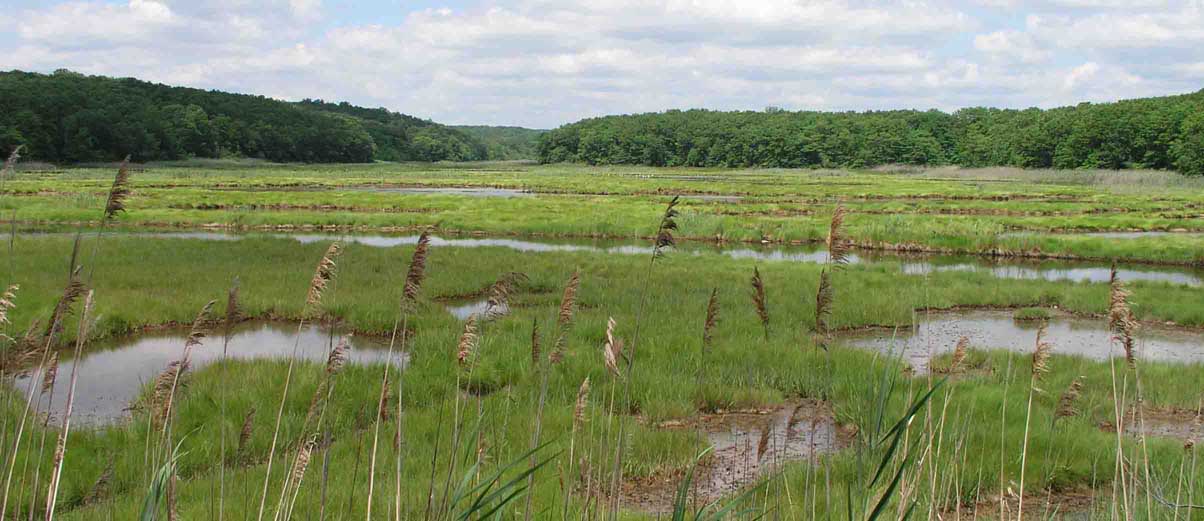
A silent alarm that emits a stinging smell of wasabi may be life-saving for the hard of hearing.
You might be familiar with the green horseradish paste that comes with sushi: wasabi. Scientists in Japan used the pungent smell of wasabi as an alarm to alert people of a fire. This idea seems incredible, but it was motivated by efforts to create an alarm system effective for people with hearing difficulties.
Japan’s news station NHK reported the progress of this project that has started to produce hopeful results as early as 2008 (for Japanese readers, here is the original NHK article). A mix of wasabi and other mints create a bitter and stinging smell that stimulates the mucous membrane within the nose. This smell is collected into a pressurized can. When the fire alarm bell rings, the machine detects the sound and relays an electric signal to trigger the release of the smell. Continue reading






